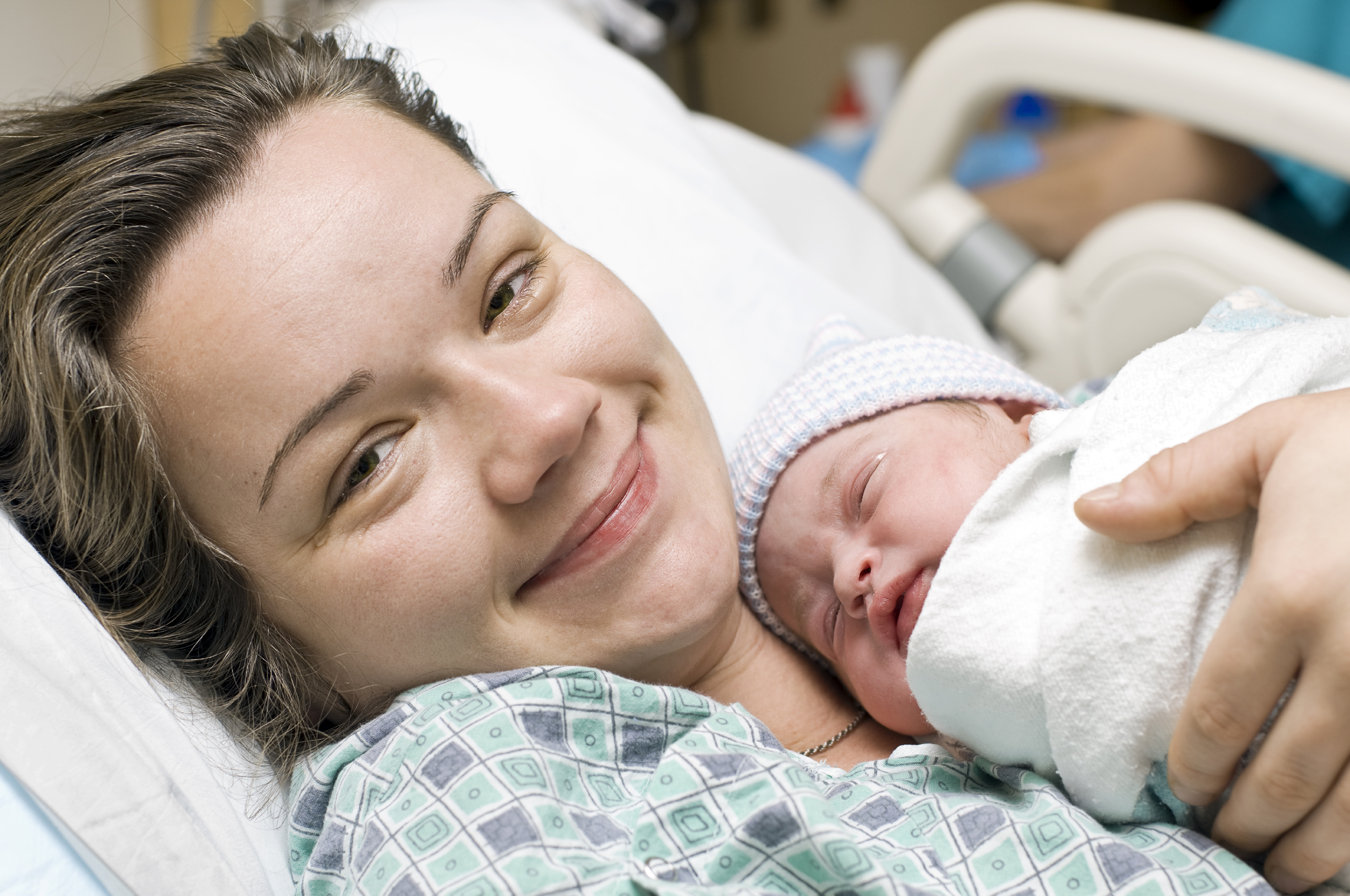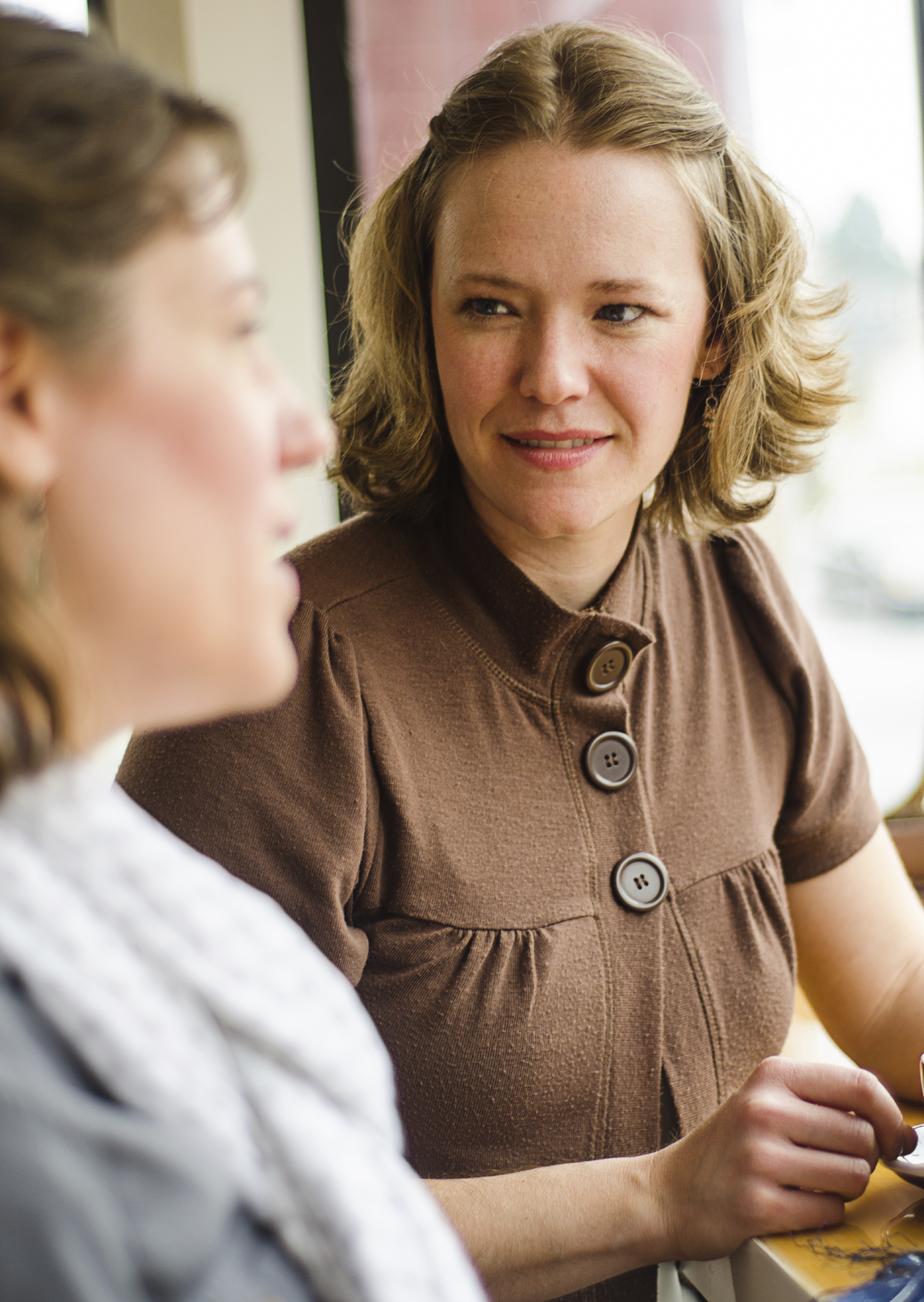Colleen Kraft, MD, a keynote speaker at the 2015 MI-AIMH Biennial Conference, “Caring for the Whole Child: Working Together for the Health and Well-Being of Infants, Toddlers and their Families,” is an expert on the family-centered medical home in pediatrics, with particular emphasis on the use of this model with infants, toddlers, and their families (Kraft, 2013; Rushton & Kraft, 2013). The family-centered medical home is designed to insure that the needs of the whole child are addressed in a comprehensive, developmentally appropriate, and relationship-oriented context (Kraft, 2013; Rushton & Kraft, 2013). This model was initially designed for families with children diagnosed with special needs and has now been expanded as a pediatric approach for all children and their families (Malouin, 2013).
 The family-centered home relies on collaboration among service providers: “…the pediatric team works in partnership with a child and the child’s family to help the family and patient access, coordinate, and understand specialty care, educational services, out-of-home care, family support, and other public and private community services that are important for the overall health of the child and the family” (Kraft, 2013, p.16). The American Academy of Pediatrics (AAP) endorsed the family-centered medical home in its 2012 policy statement “Patient and Family-Centered Care and the Pediatrician’s Role,” citing the multiple benefits of a family-centered approach to pediatric care including long-term medical cost reduction, improved provider satisfaction, and positive health outcomes for children and families.
The family-centered home relies on collaboration among service providers: “…the pediatric team works in partnership with a child and the child’s family to help the family and patient access, coordinate, and understand specialty care, educational services, out-of-home care, family support, and other public and private community services that are important for the overall health of the child and the family” (Kraft, 2013, p.16). The American Academy of Pediatrics (AAP) endorsed the family-centered medical home in its 2012 policy statement “Patient and Family-Centered Care and the Pediatrician’s Role,” citing the multiple benefits of a family-centered approach to pediatric care including long-term medical cost reduction, improved provider satisfaction, and positive health outcomes for children and families.
The implementation of this model in pediatric practice can include specialized screening for familial risk factors, such as those that have been identified as Adverse Childhood Experiences (ACEs); the model also urges attentiveness to developmental history, including a strategic effort to observe developmental characteristics in the context of interactions with providers and caregivers (Kraft, 2013).
In addition to assessment, pediatricians engaged in the family-centered model intervene using a preventive approach designed to foster positive parent-child relationships and to encourage families to engage in activities that promote their child’s development, such as reading and playing (Kraft, 2013). The assessment and intervention is complemented by pediatricians’ efforts to forge relationships with other early childhood service providers via referrals, community needs assessments, and care coordination (Kraft, 2013). Finally, pediatricians in the family-centered care model of practice coordinate the assessment needs of children diagnosed with special needs and developmental disabilities (Kraft, 2013).
The core principles of the family-centered medical home highlight the relationships between the provider and child and his or her family. The principles emphasize the importance of recognizing and respecting the impact of culture, race, ethnicity, and socioeconomic background on family experiences (AAP, 2012). The individualization of care is a priority as is the necessity of direct, honest, and compassionate communication from providers (AAP, 2012). Partnering with families and children in all aspects of care as well as insuring that children and families have the necessary supports to promote health and wellness are also described in these principles (AAP, 2012). Finally, a strengths-based perspective is described as endemic to the family-centered medical home model since the identification and support of current resources and strengths provide families with a sense of autonomy in their efforts to improve their family health outcomes (AAP, 2012).
The relationship-based implications for this model of care are profound. The AAP and the Maternal Child Health Bureau of the Health Resources and Services Administration commissioned an evaluation of 17 case studies of family-centered medical care homes that had been identified by their peers as being the best examples of this model (Malouin, 2013). The 17 provider agencies represented a variety of settings across the country. The evaluators examined, in great detail, the various elements of these pediatric practices in order to identify best practice approaches (Malouin, 2013). The findings showed the highly ranked pediatric providers identified the following features of their practice that support their family-centered medical care: “acknowledges the family as the constant in the child’s life, builds on family’s strengths, supports the child in learning about and participating in his/her care and decision-making, honors cultural diversity and family traditions, recognizes the importance of community-based services, promotes an individual and developmental approach, encourages family-to-family and peer support, supports youth as they transition to adulthood, develops policies, practices, and systems that are family-friendly and family-centered in all settings, and celebrates successes” (Malouin, 2013, pp. 52-53).
The similarities between these family-centered medical home practice behaviors and the practice behaviors essential to infant mental health (IMH) services are striking. The importance of establishing collaborative relationships with parents is fundamental to the success of IMH work and recognizing the unique nature of each family, including their needs and strengths, is central to IMH practice. In addition, IMH work emphasizes the necessity of collaborating, invoking a systems perspective that takes into account the family’s environmental context, relationships with community providers and resources, and facilitating linkages when appropriate. The value of creating real relationships with infants and toddlers and their families where IMH providers can delight in their developmental achievements and highlight a dyad’s growing sense of confidence in their parent-child relationship resonates with the family-centered medical home providers’ emphasis on celebrating the successes of children and families.
The family-centered medical home is relationship-driven in that the pediatricians are encouraged to assess and support parent-child relationships through the authentic and conscientious establishment of a relationship with parents (AAP, 2012; Kraft, 2013; Malouin, 2013; Rushton & Kraft, 2013). In addition, the family-centered medical home model highlights the value of establishing strong relationships with community-based resources and providers in order to create a nest of sorts that will support the developing child and his or her family (Kraft, 2013; Malouin, 2013). This model reflects a growing attention to the value of relationships, in terms of their longitudinal impacts on health and wellness, and it provides a new opportunity for IMH and early childhood professionals to further expand their work in the context of these pediatric practices. We look forward to learning more about the family-centered medical home in the context of work with infants and toddlers from Dr. Kraft on May 18th at the 2015 Biennial MI-AIMH Conference in Kalamazoo.
References
American Academy of Pediatrics (2012). Patient and family-centered care and the pediatrician’s role. Pediatrics, 129(2), 394-404.
Kraft, C. (2013). Building brains, forging futures: A call to action for the family-centered medical home. Zero to Three, September, 16-21.
Malouin, R. (2013). Positioning the Family and the Patient at the Center: A Guide to Family and Patient Partnership in the Medical Home. Elk Grove Village, IL: American Academy of Pediatrics, National Center for Medical Home Implementation.
Rushton, F.E & Kraft, C. (2013). Family support in the family-centered medical home: An opportunity for preventing toxic stress and its impact in young children. Child Abuse and Neglect, 37S, 41-50.





